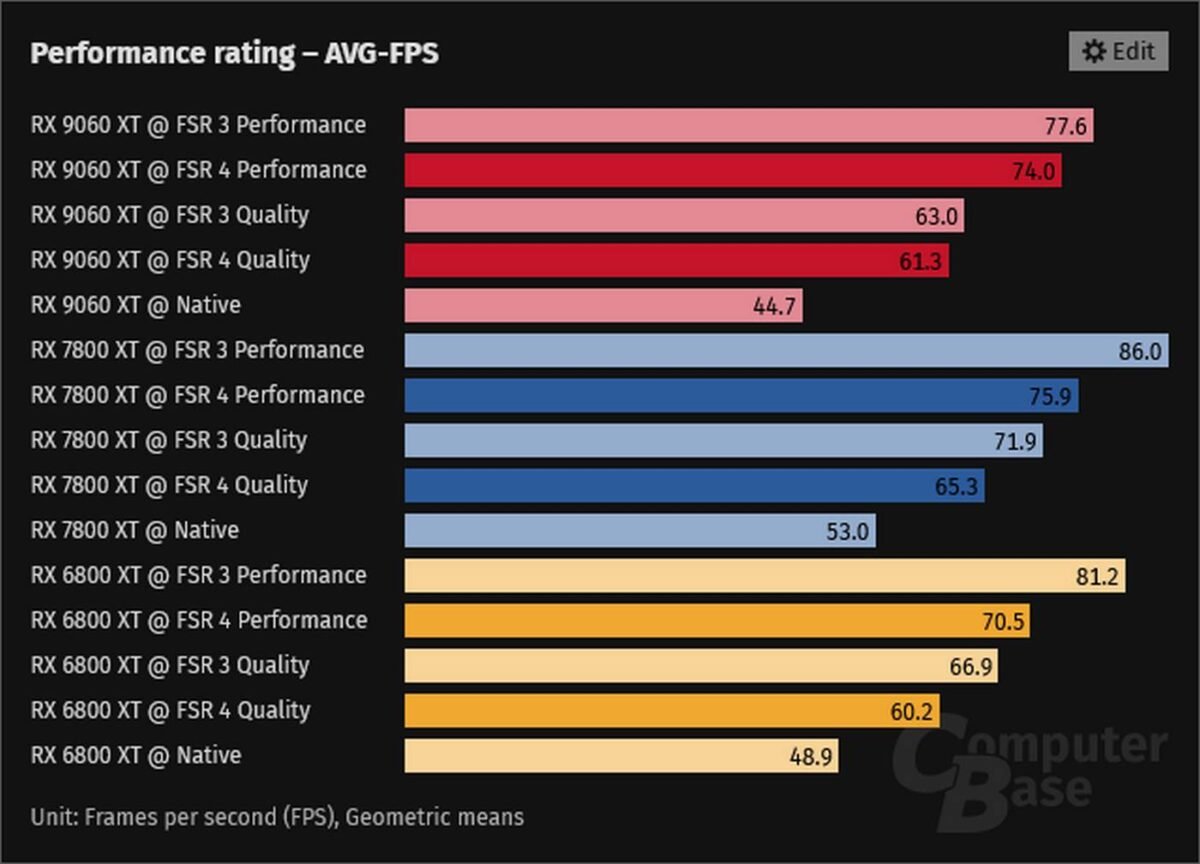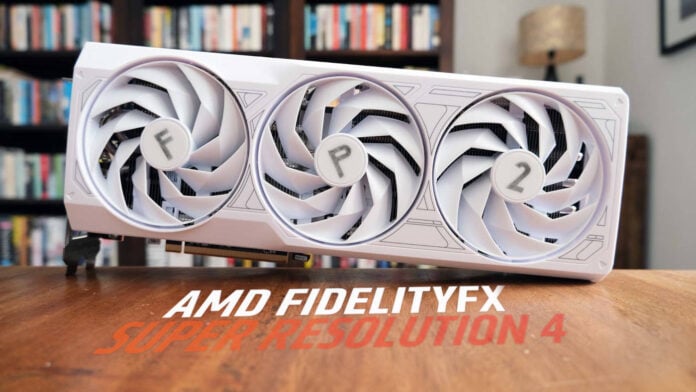Folks at Computer Base have conducted in-depth testing of AMD’s FSR 4 on RDNA 2 and RDNA 3 GPUs, showing an undeniable image quality improvement despite the unofficial support. On the flip side of the coin, the performance cost is also measurable, resulting in nine to 13% fps dip when FSR 4 is used.
Following the accidental release of FSR 4’s source code by AMD, modders compiled DLL files that inject FSR 4 into unsupported graphics architectures, namely, RDNA 2 (Radeon 6000) and RDNA 3 (Radeon 7000), including their APU and handheld implementations. This opened the gates for many to try this unsupported upscaling solution and see what all the fuss is about.
Computer Base took this a step further, testing and comparing even more games, to tell once and for all, is FSR 4 worth using on older unsupported graphics cards? As with most things on this earth, it depends. Despite using the Int8 format instead of FP8 hardware acceleration, FSR 4 delivered better image quality than FSR 3.1. However, this wasn’t equivalent to the native RDNA 4 FP8 implementation, as the reviewer noticed more instabilities in the vegetation and fine structures. Visual artefacts reportedly become more noticeable in motion, which is not great. You can see for yourself Computer Base’s comparison videos here.
The German outlet also noted that game compatibility was hit or miss, with some titles requiring different hack methods to make FSR 4 work, as some techniques caused crashes. Out of the 18 tested games, 14 managed to run FSR 4, mainly those that don’t have obnoxious anti-cheat software.

Regarding performance, compared to FSR 3.1, Computer Base measured between 9% and 12% fps degradation using the Performance mode on an RX 7800 XT, and between 10% and 13% on the older RX 6800 XT. For reference, the RX 9060 XT, which officially supports FSR 4 through the FP8 format, only lost 3 to 5% fps when selecting it.
Interestingly, RDNA 2 wasn’t strictly worse than RDNA 3 in these tests, suggesting that RDNA 3 might not be using the matrix-multiply (WMMA) Int8 instructions as expected.
Regardless, this testing confirms once more that FSR 4 is feasible on older RDNA architectures, albeit with slightly different results. Overall, the image quality was sharper than FSR 3.1 in many scenarios, though without some artefacts here and there. It is a definite upgrade despite its unofficial nature, making us hope AMD will carry the torch and release a proper implementation. Until then, this hack is mainly for those who have time to tinker with their game files, as the result isn’t straightforward.

